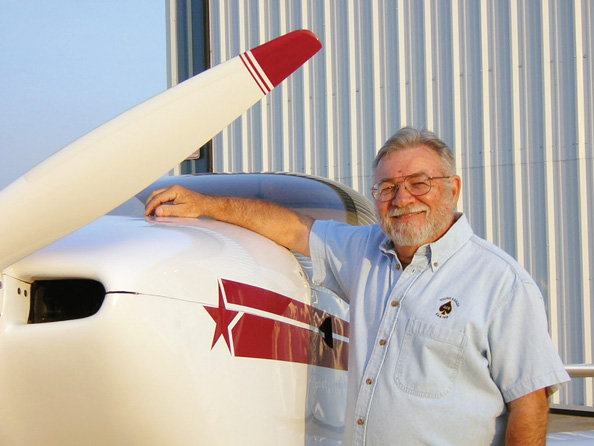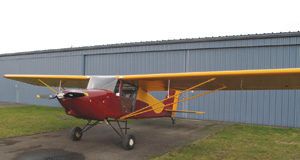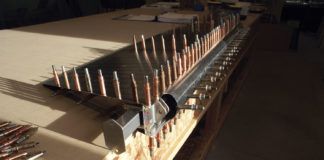
Last time we left off with paragraph (18), which provided us with the pilot requirements for our Experimental/Amateur-Built aircraft. Now let’s take a look at paragraph (19) and how we deal with major changes to the aircraft.
(19) After incorporating a major change as described in 21.93, the aircraft owner is required to reestablish compliance with 91.319(b) and notify the geographically responsible FSDO of the location of the proposed test area. The aircraft owner must obtain concurrence from the FSDO as to the suitability of the proposed test area. If the major change includes installing a different type of engine (reciprocrating to turbine) or a change of a fixed pitch from or to a controllable propeller, the aircraft owner must fill out a revised form 8130-6 to update the aircraft’s file in the FAA Aircraft Registration Branch. All operations must be conducted under day VFR conditions in a sparsely populated area. The aircraft must remain in flight test for a minimum of 5 hours. The FSDO may require additional time (more than 5 hours) depending on the extent of the modification. Persons nonessential to the flight must not be carried. The aircraft owner must make a detailed aircraft logbook and maintenance records entry describing the change before the test flight. Following satisfactory completion of the required number of hours in the flight test area, the pilot must certify in the records that the aircraft has been shown to comply with 91.319(b).
Compliance with 91.319(b) must be recorded in the aircraft maintenance records with the following or similarly worded statement: "I certify that the prescribed flight test hours have been completed and the aircraft is controllable throughout its normal range of speeds and throughout all maneuvers to be executed, has no hazardous characteristics or design features, and is safe for operation. The following aircraft operating data has been demonstrated during the flight testing: Speeds, Vso____, Vx____ and Vy____, and the weight____ and CG location____ at which they were obtained.
Wow, that was a long-winded paragraph! But it’s easy once you understand it. This provision simply allows the aircraft owner to make major changes, place the aircraft back into Phase I, complete the testing and then get signed off back into Phase I-without additional FAA inspection. Pretty neat, huh?
You’ll notice that this Phase I is exactly like the original you flew when you first completed your airplane except that now you will most likely have a more abbreviated time constraint.
One thing to be aware of: If you have done aerobatic maneuvers in your aircraft, they must also be proven again with the latest changes.
This paragraph was a welcome addition to the standard operating limitations. In the old days, way back when, any time you incorporated a major change, even a change of a propeller, you were required to go through a recurrent airworthiness inspection.
(20) This aircraft must not be used for glider towing, banner towing, or intentional parachute jumping.
Paragraph 20 is self explanatory. And actually it may be amended by an FAA inspector. I sold a two-seat ultralight aircraft to a skydiver who got the FAA to amend the operating limitations to allow parachute jumping from that plane.
We discussed only two paragraphs from the operating limitations, but they do cover quite a bit of information.
Next time we will take a look at required inspections and who is able to perform them.
Please send your questions for DAR Asberry to [email protected] with Ask the DAR in the subject line.

![]()
Mel Asberry is an experienced Designated Airworthiness Representative specializing in Experimental/Amateur-Built aircraft. He and his wife, Ann, have built seven amateur-built airplanes including two ultralight types, a Moni Motorglider, a Dragonfly Mk2, two RV-6s and a Zenair CH 601HDS. They are currently building a scratch-built biplane.










